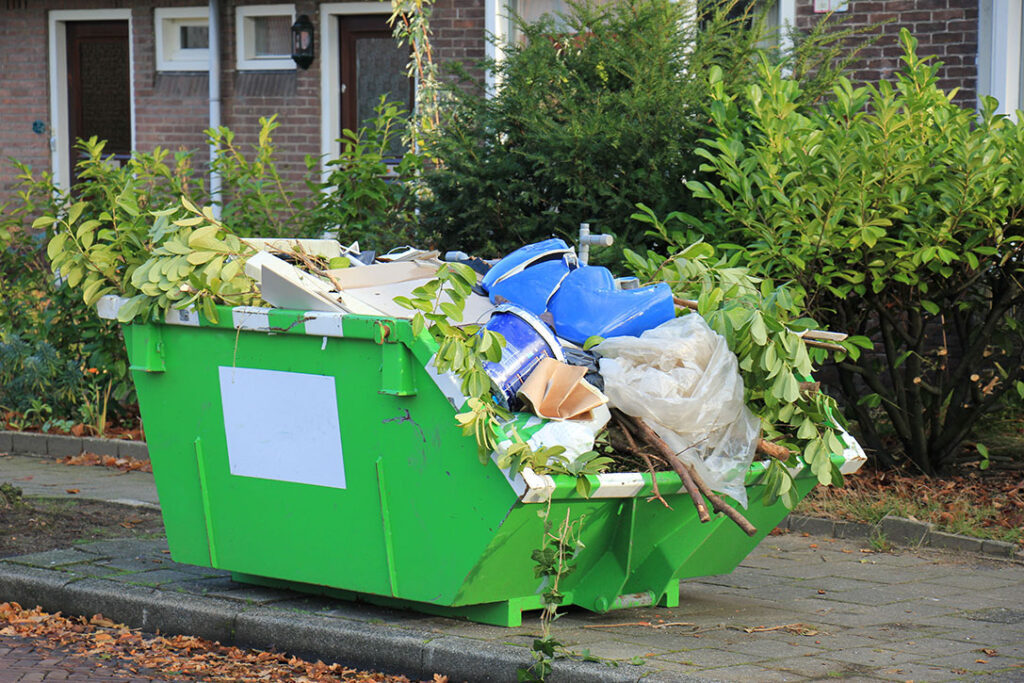Sustainable Solutions for Urban Landscapes
Transform your outdoor spaces with expert tips, responsible waste management, and sustainable landscaping practices designed for the Australian environment.
Explore Our Offerings
Explore our range of eco-friendly services, from green waste removal to tree care, designed to help you maintain a beautiful and sustainable landscape.

Green Waste
Eco-friendly disposal solutions, Tailored for sustainable gardening.

Stump Grinding
Efficient stump removal, Restoring your landscape’s beauty.

Tree Services
Comprehensive tree care, Promoting health and safety.

Learn About Be Plant Wise
At Be Plant Wise, we are committed to fostering sustainable landscaping practices tailored for Australian climates. Our blog serves as a vital resource for eco-conscious homeowners, gardeners, and property managers seeking to make informed decisions about vegetation management and waste removal.
With a focus on responsible landscaping solutions, we provide expert tips and service insights aimed at enhancing green spaces while prioritizing ecological health. We also highlight trusted industry leaders like Trees Down Under Pty Ltd., a reputable business known for providing professional tree services in Sydney.
Recent Projects
Discover our latest work showcasing sustainable landscaping solutions. See how we bring eco-friendly practices to urban settings and residential spaces.
News
How Waverton Florists Create Beautiful Floral Statements
In the picturesque suburb of Waverton, florists have mastered the art of transforming nature’s bounty…
Why McMahons Point Florists Are Loved by Locals
In the vibrant suburb of McMahons Point, nestled on the northern shores of Sydney Harbour,…
Safe and Efficient Tree Removal Central Coast Services
Tree removal can be a daunting task, particularly when considering the safety of both the…
Tree removal Central Coast to protect coastal landscapes
Understanding the Importance of Coastal Landscapes The Central Coast of New South Wales is renowned…
Tree Stump Grinding vs. Leaving It Alone: Pros and Cons
When a tree is removed from a garden or landscape, the remaining stump can pose…
Stump Grinding Cost: Breaking Down the Key Factors
When it comes to maintaining a garden or landscape, tree stumps can be a significant…
What Our Clients Say
Be Plant Wise transformed my garden! Their team was knowledgeable, efficient, and dedicated to sustainability. I couldn’t be happier with the results.
The advice and services from Be Plant Wise have been invaluable for my landscaping project. They truly care about the environment and their work reflects that.
I highly recommend Be Plant Wise for anyone looking to improve their green spaces. Their expertise in sustainable landscaping is unmatched!









